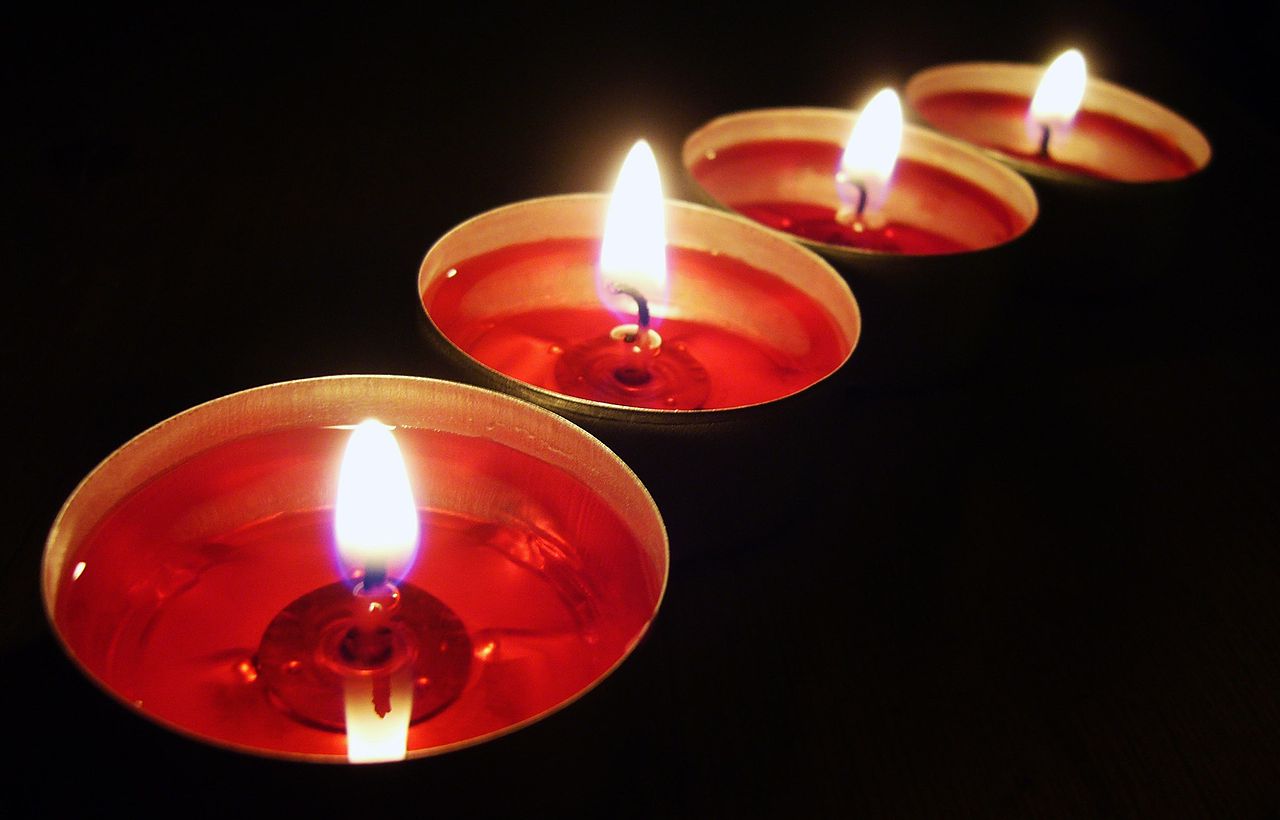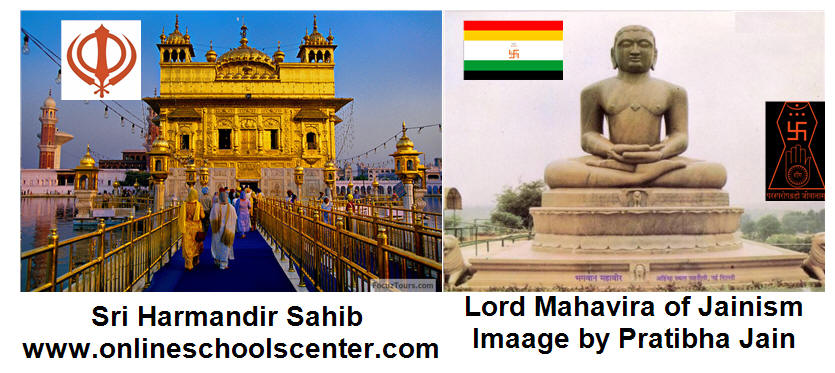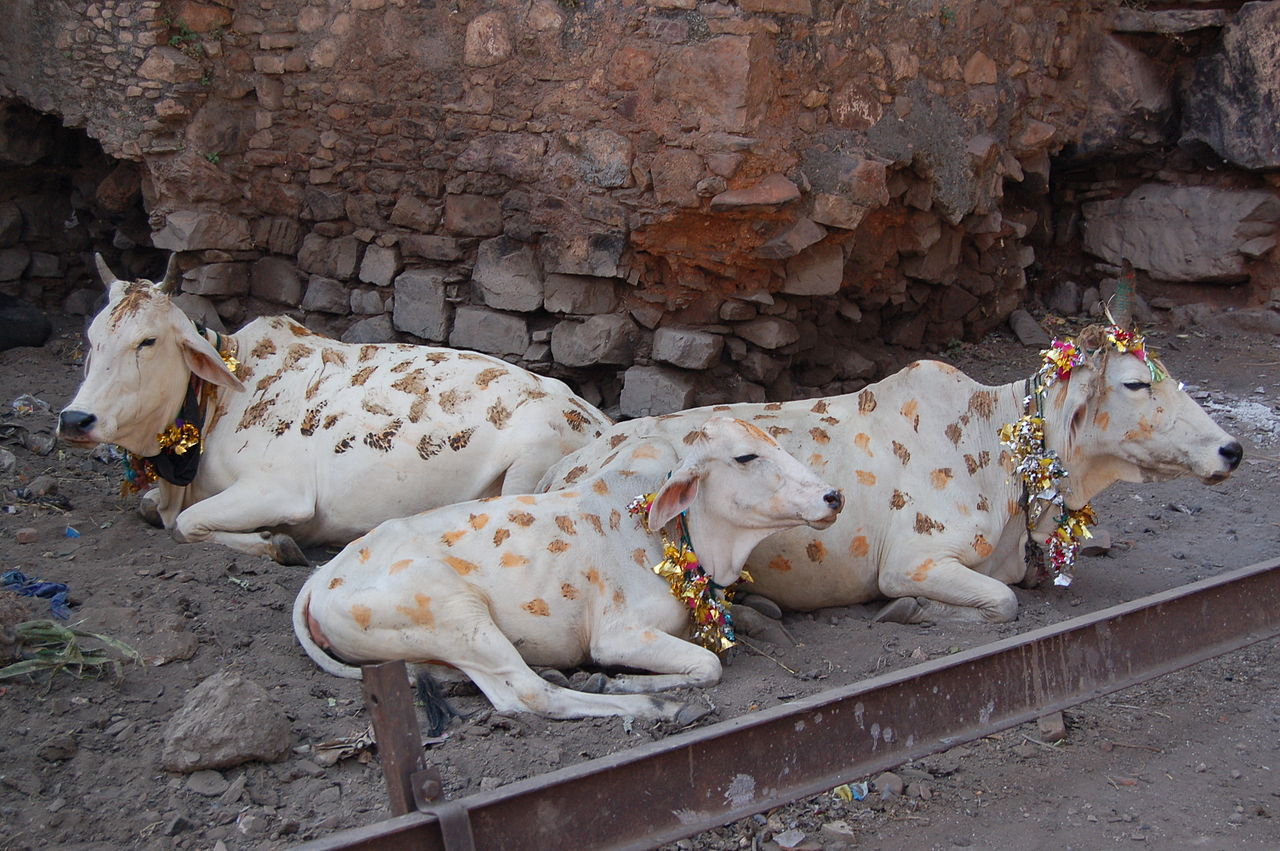DIVALI
Veeraswamy Krishnaraj
Veeraswamy Krishnaraj
Dīvālī
is a Hindu festival of lights, celebrated over a five-day period in
autumn (Oct-Nov 2016) by Hindus, Jains, Sikhs... It depicts victory of
virtue over evil, light over darkness, science over nescience (knowledge
over ignorance), and hope over despair.
Dīpa (தீபம்) is Light. Āvaḷi (ஆவளி) is row (of lights). The Supreme Soul is the Light and the individual soul is the fire. Man's mind has a recess of darkness and is a repository of many afflictions: Egoism, jealousy, aggression, haughtiness... We should burn these unwelcome qualities by the fire of wisdom and enjoy the descent of Light of wisdom in our soul.
Below is the NASA image of India with Divali Lights.
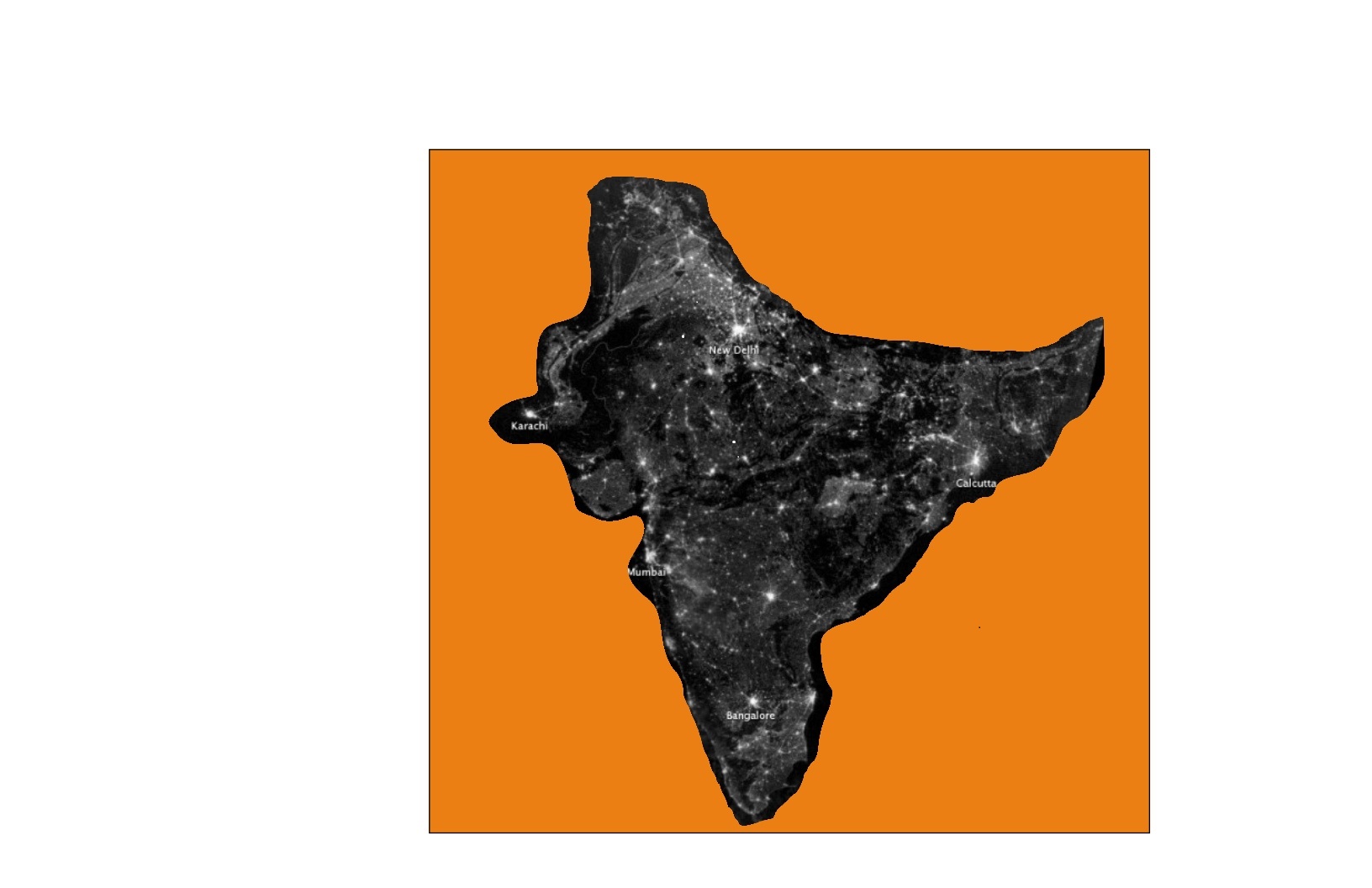
The Purāṇas
list many reasons for the celebration of Dīvālī
in stories.
Ramah, the epitome of goodness completed 14 years
of exile in the forest. When he returned home with Sita and Lakshmana,
the subjects welcomed him with glee, glow and lights.
Krishna was Varaha Avatar (Lord Boar). Krishna and
Bhudevi had an asuric (demonic) son in Kokamukha in today’s Nepal.
Hindus celebrate the festival of Lights on his death anniversary.
It is reckoning with the evil in each
one of us and a determination to eliminate them. It is purification of
body, mind and soul. Krishna (Satyabhama) killed the
demonic Narakāsuran
(the evil in us), the day, he requested as the Festival of Lights.
Wherever Hindus live, the festival is celebrated.
In Skanda Purana, Siva takes Sakti as his left half
and becomes Ardhanarīsvarar
upon her completion of a 21-day Kauthāra-gauri
Viratham (கௌதாரகௌரி விரதம்).
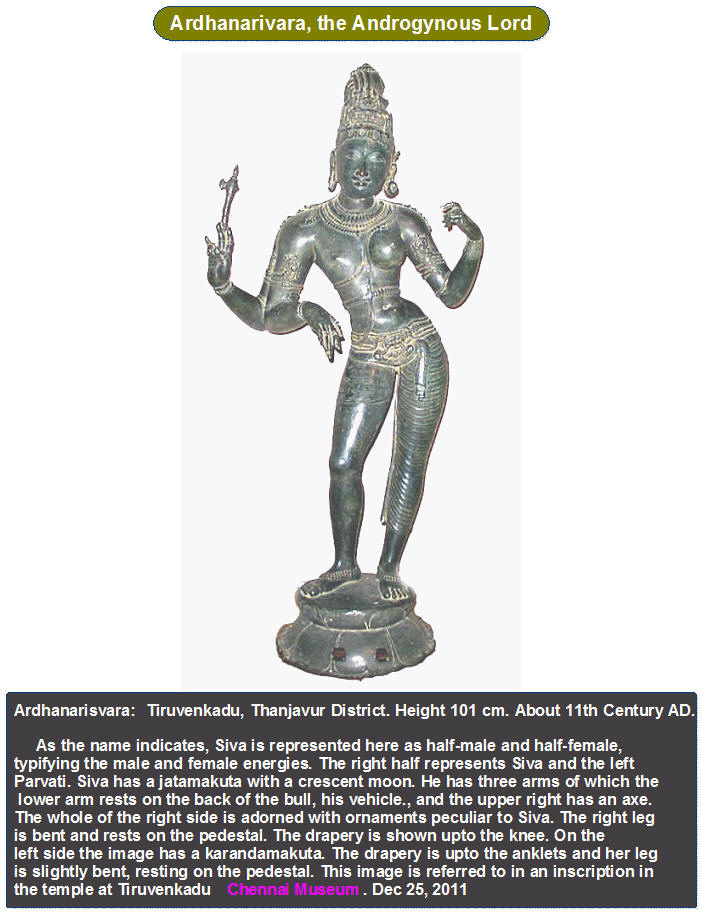 Women
and unmarried girls observe this Viratham (vow, observance) for
inseparable long life with their husbands and obtaining a good spouse.
Women
and unmarried girls observe this Viratham (vow, observance) for
inseparable long life with their husbands and obtaining a good spouse.
Kètāram
is the cultivable fields down the slopes of the Himalayas, where Siva
appeared a Svambhu-lingam (Kètārīśvarar).
Sakti-form Parvati performed Viratham and became Ardha-nāri.
The day she became part of Siva in the form of Ardhanarīsvarar
is marked for observance. Since she did the penance under the Banyan
tree, it is called Kètāra
Gauri Viratham. Since she worshipped
Īśa,
her name is Kètārīśvari.
The story of Viratham.
Siva and Parvati in Kailas with celestials
witnessed a dance performance by sage Bhringi, who after the
performance, circumambulated Siva excluding Parvati and paid homage to
him. In a fit of annoyance, Parvati left for the
Āśrama
of Gautama Muni. When Gautama returned to his hermitage, there was a new
brilliance to the
Āśrama.
Where there was drabness, cheer showed its presence. He concluded it was
Ambika's presence for the brilliance.
Gautama: My homage to you, goddess. What is the
reason you came to my hermitage?
Parvati: I want to become one half of the body of
Tapasvi, my husband Siva. I need your help.
He researched Purāṇas
and other sacred texts and came up with a solution: Kètèsvara
Viratham.
Gautam: Here is the procedural details of
observance of Viratham.
Parvati observed the Viratas for a 21-day period.
She became the left half of the body of Siva and offers grace to the
devotees.
Ambika (Parvati): My great God, my husband. Please
confer all graces and opulence to a woman or girl who makes this vow and
completes it.
Siva: So be it.
Demonic Hiraṇyāksha
(Golden Eye) hid the Vedas.
Mahavishnu went to the deep underworld and vanquished the demon. Later
Bhudevi gave birth to a son, Bhauma (son of Bhūmi
= son of the Goddess of earth), who after much penance obtained a boon
from Brahma that stipulated he would not die except in the hands of his
mother.
Later he went by the name Narakāsuran
(demon from hell) because of his atrocities on humanity.
Bhudevi at the time of Avatar of Krishna took birth
as Satyabhama, who forgot she was the mother of Narakāsuran
in previous birth. Krishna
coached her as a charioteer, an accomplished warrior with bows and
arrows, sword fighter...
He served as her charioteer.
In the war against Narakāsuran,
Krishna was injured and fell down pretending to be unconscious.
Finding her husband in the precarious condition
between life and death, she went to war with Narakāsuran
and killed him. Realization came Narakāsuran
was her son who sustained death from her (mother).
People celebrated his death anniversary with lights
as a preventive measure, reminder and prayer that parents should not
beget evil sons. This was the request Satyabhama made to Krishna.
People received boon that the oil lamp becomes sanctified, the
oil for the lamp is pervaded by Mahalakshmi, and the water for use
becomes pervaded by Goddess Gaṅgā
Devi.
Dīpāvaḷi
அறுசுவை aṟu-cuvai
= Six Flavors.
The six flavours,
viz.,
கைப்பு-bitterness,
இனிப்பு-sweet,
புளிப்பு-sourness,
உவர்ப்பு-saltiness,
துவர்ப்பு-astringency,
கார்ப்பு-pungency;
The Sikhs celebrate this day as the day of
beginning of construction of the Sikh Temple.
The Jains consider this day as a marker for Nirvana
of Mahāvīra.
The celebrants wake up early in the morning, apply
and anoint the elders‘ feet with Nalangu (Turmeric, lime...paste). The
take a Ganga shower. People wear new clothes and bust firecrackers.
People wear traditional loincloths and saris. The houses reverberate with wind instruments (Nadasvaram from audiotapes or discs). Sweets and gifts are exchanged between households and people. They pay homage to the elders and receive their blessings. People use digestive electuary on that day because of their indulgence.
Sanctified bath or shower is the name for ablution
that day. The water becomes one of Ganges, oil is Lakshmi,
Soap-pod wattle powder is
Sarasvati, Kum kum is Gauri, Sandalwood paste is Bhudevi, new clothes
are Mahavishnu.
It is a traditional belief that Goddess Ganga Devi
pervades waters in wells, ponds, lakes, rivers...
The firecrackers are forbidden in bird sanctuaries.
Below is the image of decorated white cows: Wikipedia.
